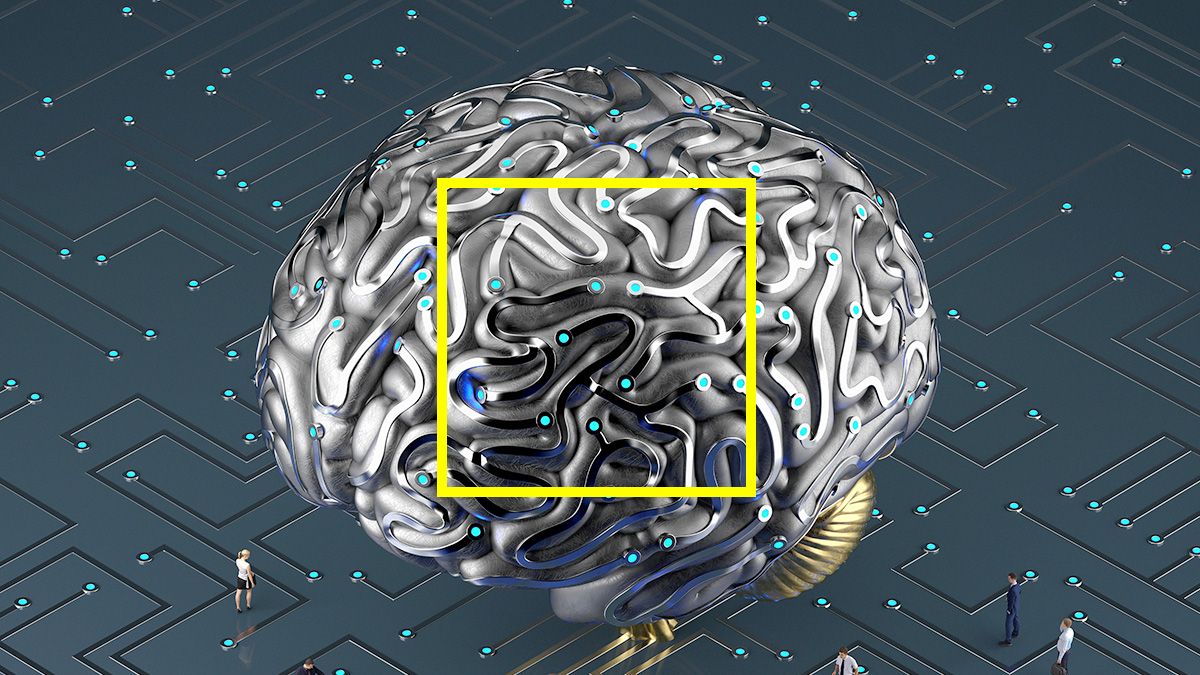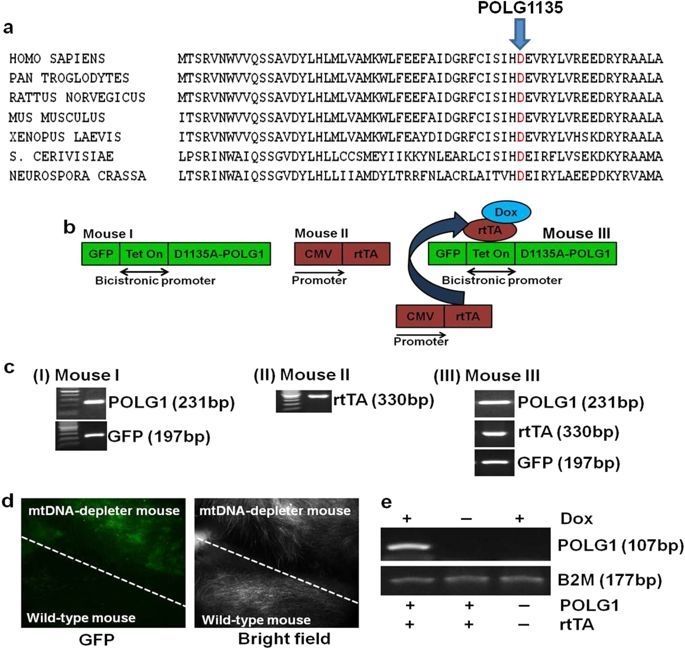It turns out that our limited understanding of time is born out of faulty observations and limited perspective. Luckily, quantum computers are on the way.



While scientists have been learning more and more about our solar system and the way things work, many of our Sun’s mechanics still remain a mystery. In advance of the launch of the Parker Solar Probe, which will make contact with the Sun’s outer atmosphere, however, scientists are foreshadowing what the spacecraft might see with new discoveries. In a paper published this week in The Astrophysical Journal, scientists detected structures within the Sun’s corona, thanks to advanced image processing techniques and algorithms.
The question that this group of scientists, led by Craig DeForest from the Southwest Research Institute’s branch in Boulder, Colorado, was trying to answer was in regard to the source of solar wind. “In deep space, the solar wind is turbulent and gusty,” said DeForest in a release. “But how did it get that way? Did it leave the Sun smooth, and become turbulent as it crossed the solar system, or are the gusts telling us about the Sun itself?”




Mitochondrial dysfunction is associated with many mitochondrial diseases, most of which are the result of dysfunctional mitochondrial oxidative phosphorylation (OXPHOS). Mitochondrial OXPHOS accounts for the generation of most of the cellular adenosine triphosphate (ATP) in a cell. The OXPHOS function largely depends on the coordinated expression of the proteins encoded by both nuclear and mitochondrial genomes. The human mitochondrial genome encodes for 13 polypeptides of the OXPHOS, and the nuclear genome encodes the remaining more than 85 polypeptides required for the assembly of OXPHOS system. Mitochondrial DNA (mtDNA) depletion impairs OXPHOS that leads to mtDNA depletion syndromes (MDSs)1, 2. The MDSs are a heterogeneous group of disorders, characterized by low mtDNA levels in specific tissues. In different target organs, mtDNA depletion leads to specific pathological changes. MDS results from the genetic defects in the nuclear-encoded genes that participate in mtDNA replication, and mitochondrial nucleotide metabolism and nucleotide salvage pathway1, 4,5,6,7,8,9,10. mtDNA depletion is also implicated in other human diseases such as mitochondrial diseases, cardiovascular11, 12, diabetes13,14,15, age-associated neurological disorders16,17,18, and cancer19,20,21,22,23,24,25.
A general decline in mitochondrial function has been extensively reported during aging26,27,28,29,30,31,32,33. Furthermore, mitochondrial dysfunction is known to be a driving force underlying age-related human diseases16,17,18, 34,35,36. A mouse that carries elevated mtDNA mutation is also shown to present signs of premature aging37, 38. In addition to mutations in mtDNA, studies also suggest a decrease in mtDNA content and mitochondrial number with age27, 29, 32, 33, 39. Notably, there is an age-related mtDNA depletion in a number of tissues40,41,42. mtDNA depletion is also frequently observed among women with premature ovarian aging43. Low mtDNA copy number is linked to frailty and, for a multiethnic population, is a predictor of all-cause mortality44. A recent study revealed that humans on an average lose about four copies of mtDNA every ten years. This study also identified an association of decrease in mtDNA copy number with age-related physiological parameters39.
To help define the role of mtDNA depletion in aging and various diseases, we created an inducible mouse expressing, in the polymerase domain of POLG1, a dominant-negative (DN) mutation that induces depletion of mtDNA in the whole animal. Interestingly, skin wrinkles and visual hair loss were among the earliest and most predominant phenotypic changes observed in these mice. In the present study, we demonstrate that mtDNA depletion-induced phenotypic changes can be reversed by restoration of mitochondrial function upon repletion of mtDNA.
UK-based Moltex Energy will build a demonstration SSR-W (Stable Salt Reactor – Wasteburner) at the Point Lepreau nuclear power plant site in Canada under an agreement signed with the New Brunswick Energy Solutions Corporation and NB Power.
The agreement provides CAD5.0 million (USD3.8 million) of financial support to Moltex for its immediate development activities and Moltex will open its North American headquarters in Saint John and build its development team there. It also calls for Moltex to deploy its first SSR-W at the Point Lepreau nuclear power plant site before 2030.
Stable Salt Reactors build on the fundamental safety and simplicity breakthrough of molten salt fuel in essentially standard nuclear fuel tubes. Stable Salt Reactors are modular in construction. Their rectangular cores can be extended module by module to create reactors from 150MW to 1200MW power.

According to engineers, root vegetables aren’t only good for the body. Their fibres could also help make concrete mixtures stronger and more eco-friendly.
Construction projects have a significant impact on our environment. To combat this, stakeholders in the academic and industrial sectors have been looking for ways to make the industry more environment friendly. The EU-funded project B-SMART will be contributing to these efforts by focusing on concrete and the more culpable of its ingredients: cement.
Led by Lancaster University in the United Kingdom, the project will be investigating how nanoplatelets extracted from the fibres of root vegetables can make concrete mixtures more robust and more environment friendly. So far, initial tests have shown that adding nanoplatelets from sugar beet or carrot to these mixtures greatly enhances the mechanical properties of concrete.

Not long ago, getting a virus was about the worst thing computer users could expect in terms of system vulnerability. But in our current age of hyper-connectedness and the emerging Internet of Things, that’s no longer the case. With connectivity, a new principle has emerged, one of universal concern to those who work in the area of systems control, like João Hespanha, a professor in the departments of Electrical and Computer Engineering, and Mechanical Engineering at UC Santa Barbara. That law says, essentially, that the more complex and connected a system is, the more susceptible it is to disruptive cyber-attacks.
“It is about something much different than your regular computer virus,” Hespanha said. “It is more about cyber physical systems—systems in which computers are connected to physical elements. That could be robots, drones, smart appliances, or infrastructure systems such as those used to distribute energy and water.”
In a paper titled “Distributed Estimation of Power System Oscillation Modes under Attacks on GPS Clocks,” published this month in the journal IEEE Transactions on Instrumentation and Measurement, Hespanha and co-author Yongqiang Wang (a former UCSB postdoctoral research and now a faculty member at Clemson University) suggest a new method for protecting the increasingly complex and connected power grid from attack.